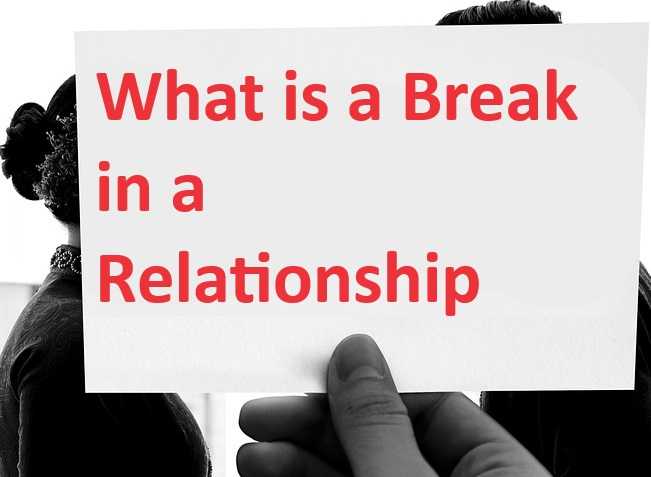What is a Break in a Relationship?
Relationships are dynamic and ever-evolving, often requiring periods of reflection and introspection to thrive. One such phenomenon that couples may encounter is taking a break in their relationship. In this article, we’ll delve into what constitutes a relationship break, how long it should ideally last, and the best practices for navigating this challenging yet potentially transformative experience.
Understanding Relationship Breaks
A relationship break is a temporary period where partners agree to step back from the relationship to reassess their feelings, priorities, and goals. During this time, couples may choose to spend time apart, focus on personal growth, or seek clarity on the future of their relationship. It’s essential to distinguish between a break and a breakup, as breaks are intended to be temporary and often serve as a means to strengthen the relationship.
How Long Should a Break Be in a Relationship?
The duration of a relationship break can vary widely depending on the circumstances and needs of the individuals involved. While some couples may benefit from a brief break lasting a few days or weeks, others may require a more extended hiatus spanning several months. The key is to establish clear boundaries and expectations at the outset of the break and to communicate openly about the intended duration and purpose.
How to Take a Break in a Relationship
Taking a break in a relationship requires careful planning and communication to ensure that both partners are on the same page. Here are some steps to consider when embarking on a relationship break:
- Communicate openly: Have an honest conversation with your partner about your reasons for wanting a break and what you hope to achieve during this time.
- Set ground rules: Establish clear guidelines for the break, including how often you’ll communicate, whether you’ll see other people, and what activities are off-limits.
- Focus on self-care: Use the break as an opportunity to prioritize self-care and personal growth. This could involve pursuing hobbies, spending time with friends and family, or seeking professional support if needed.
- Reflect on the relationship: Take time to reflect on your relationship dynamics, communication patterns, and areas for improvement. Use journaling or therapy to explore your thoughts and feelings.
- Stay open to reconciliation: While the primary goal of a break may be to gain clarity, remain open to the possibility of reconciliation if both partners are willing to put in the effort to rebuild the relationship.

Common Challenges and Pitfalls
While taking a break in a relationship can offer valuable insights and opportunities for growth, it also comes with its fair share of challenges and pitfalls. Common issues that couples may encounter during a break include miscommunication, jealousy, and uncertainty about the future. It’s essential to address these challenges openly and honestly with your partner and to seek support from trusted friends, family members, or professionals if needed.
Conclusion
In conclusion, relationship breaks can be a valuable tool for couples to gain perspective, address underlying issues, and strengthen their bond. By understanding what a break entails, setting realistic expectations for its duration, and approaching it with open communication and mutual respect, couples can navigate this challenging period with grace and ultimately emerge with a deeper understanding of themselves and their relationship.




